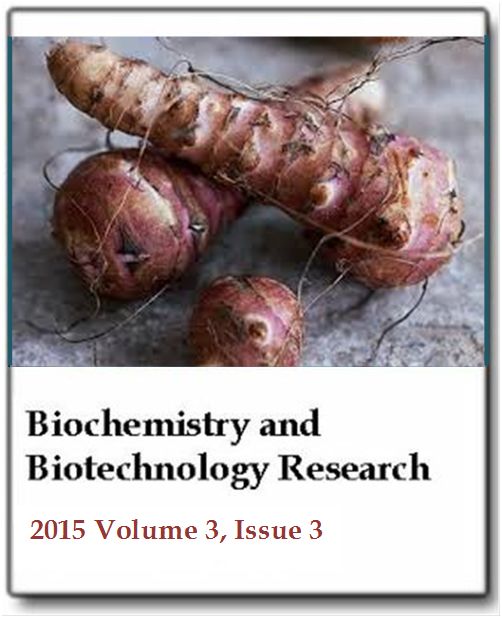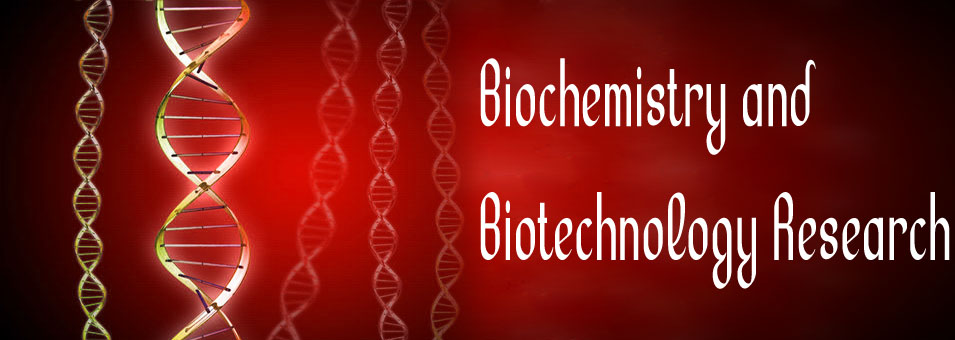Endocytosis rate increase provoked by bipolar asymmetric electric pulses
Amr A. Abd-Elghany and Lluis M. MirBiotechnology and Biochemistry Research
Published: November 20 2015
Volume 3, Issue 3
Pages 61-76
Abstract
It has been reported that electric and electromagnetic pulses can increase the endocytotic rate, showing either an all-or-nothing response above a threshold of the field strength or linear responses as a function of the field strength and the treatment duration – using bipolar symmetrical pulses and monopolar pulses, respectively. We have investigated the reasons of such a discrepancy. To this end, cells were suspended in either low conductive or physiologically conductive medium, and exposed to bipolar asymmetric electric pulses (EPs) for different exposure times (2 to 20 min). These EPs had low amplitude (5.7 to 18 V/cm) with a duration varying from 100 to 500 µs and a frequency of 100 to 500 Hz. The effects of these parameters on cell viability and field-induced uptake of molecules were analyzed by spectrofluorometric measurements using either the fluorescent dye Lucifer Yellow (LY) or BSA-FITC. The former acted as an indicator molecule for the fluid-phase endocytosis and the latter for detecting receptor-mediated endocytosis. An increase of 1.3 to 1.5-fold in the fluid-phase and receptor-mediated endocytosis rate was observed using the physiologically conductive medium (10 mS/cm). This increase was an all-or-nothing type of response that occurred above a threshold value of the electric field intensity (between 9.3 and 9.8 V/cm). Variations of the repetition frequency or pulse duration did not modify this threshold. The observed increase in either LY or BSA-FITC uptake was not a thermal effect. We examined electric pulses different from that previously published by other researchers to answer the question of which pulse type was more potent in enhancing endocytotic rate.
Keywords: Bipolar asymmetric pulsed electric fields, fluid-phase endocytosis, Lucifer yellow, DC-3F cells.
Full Text PDF
